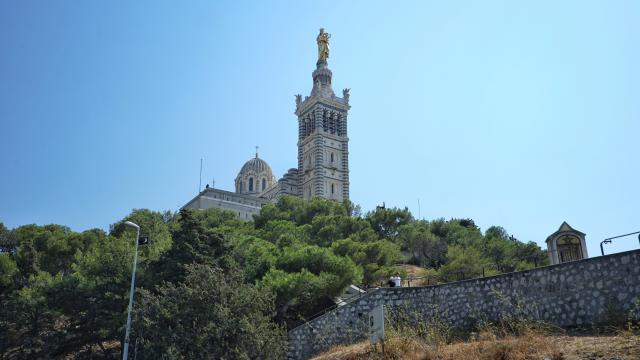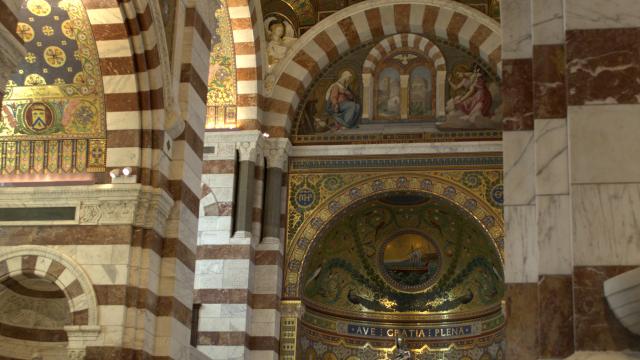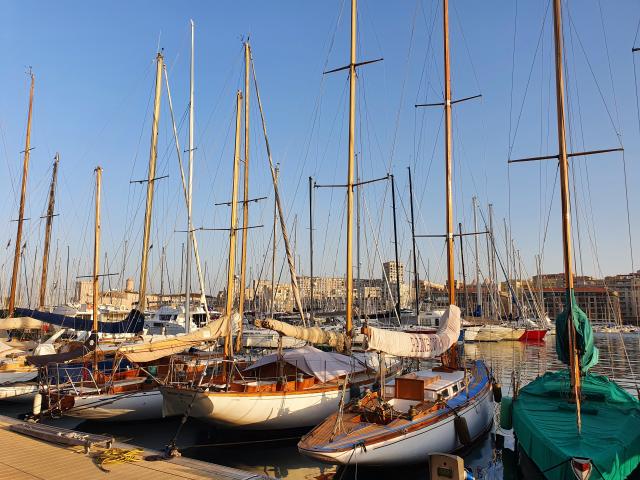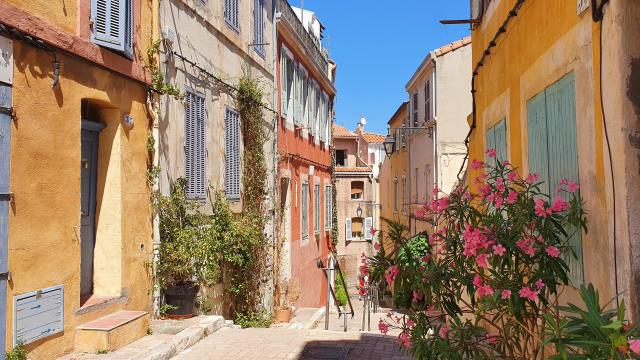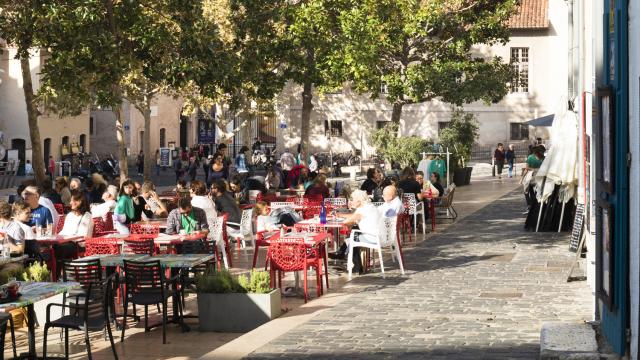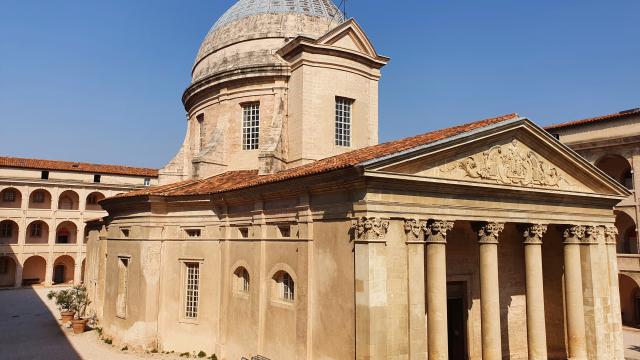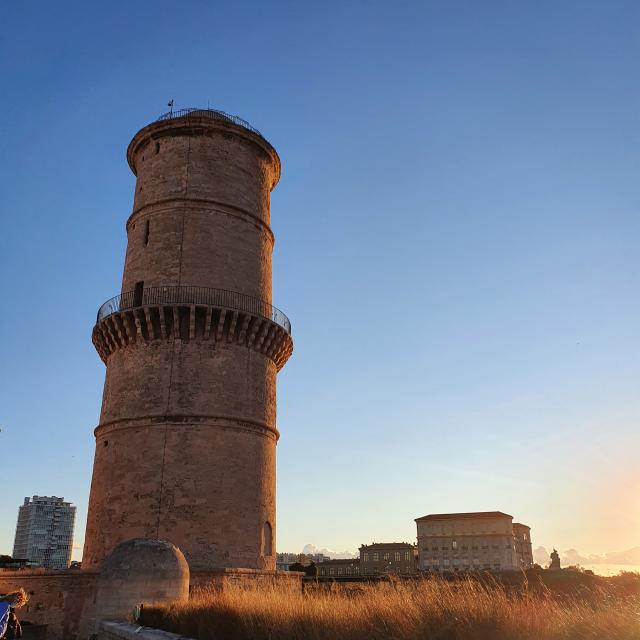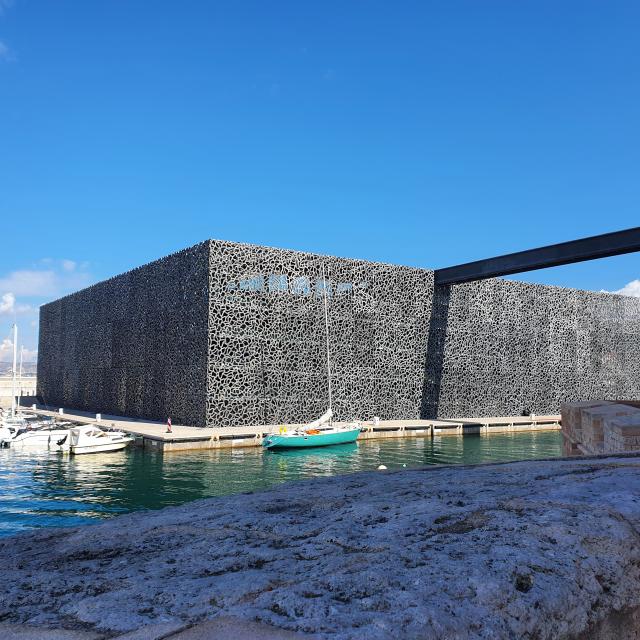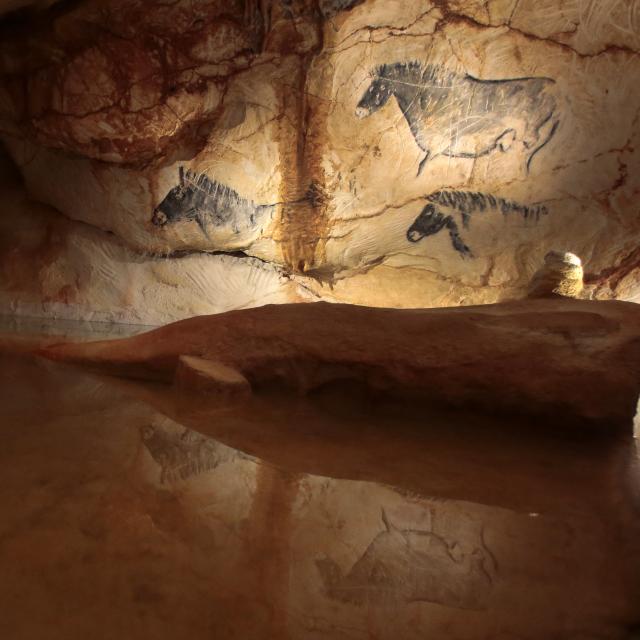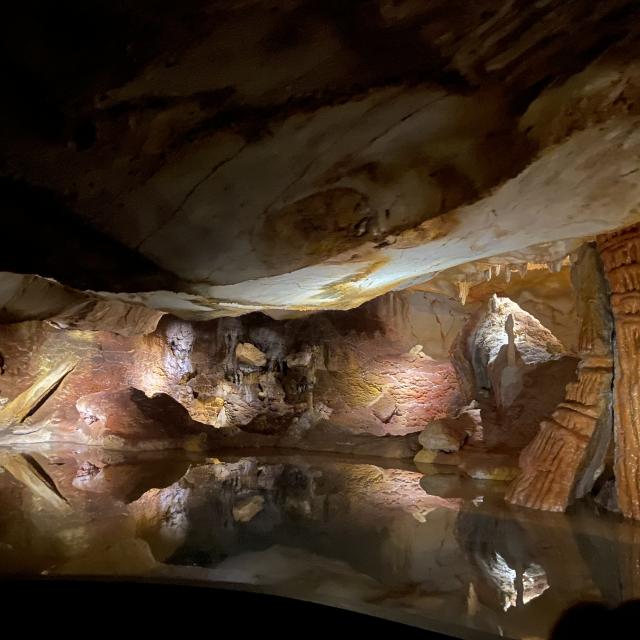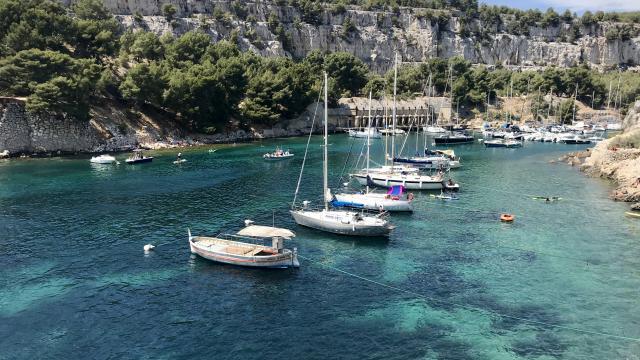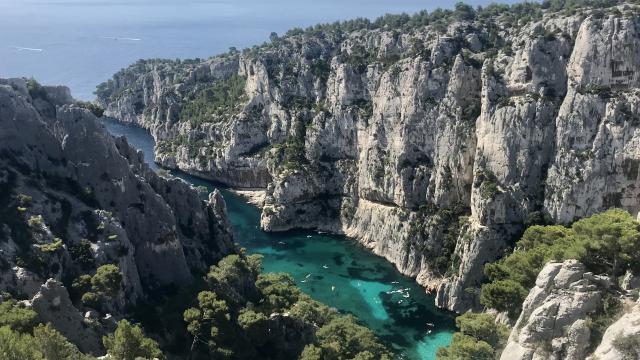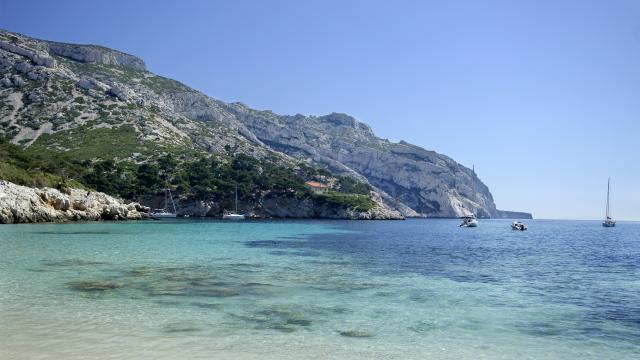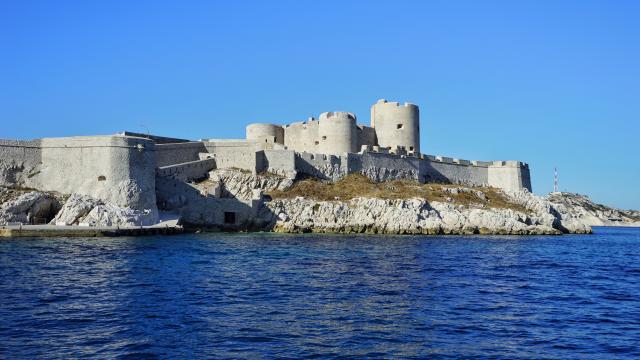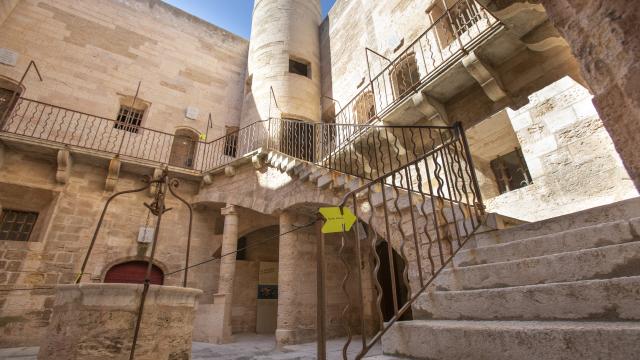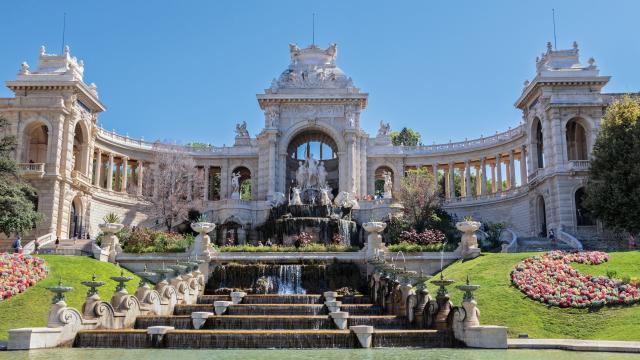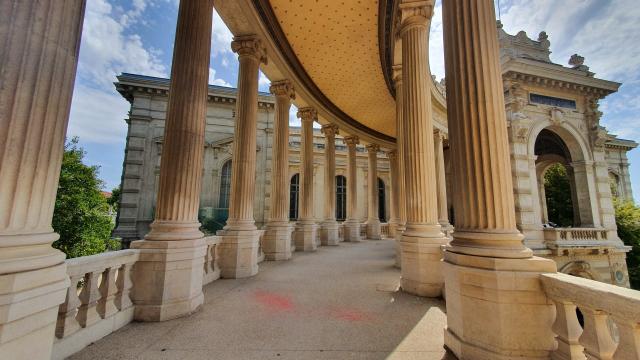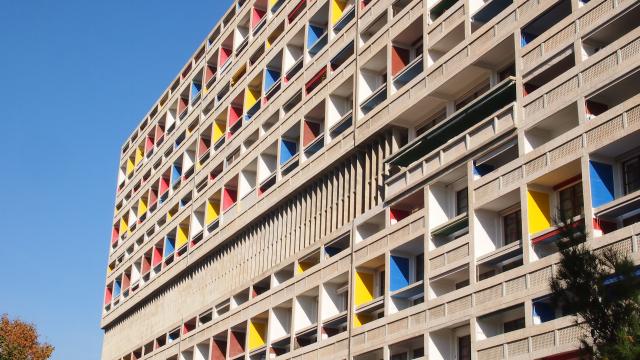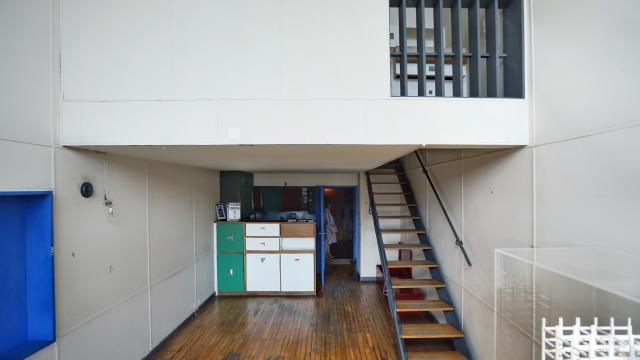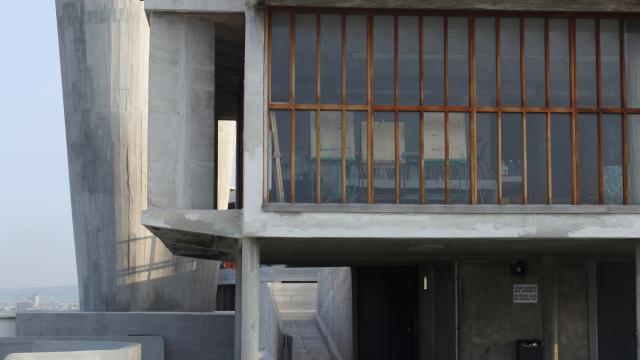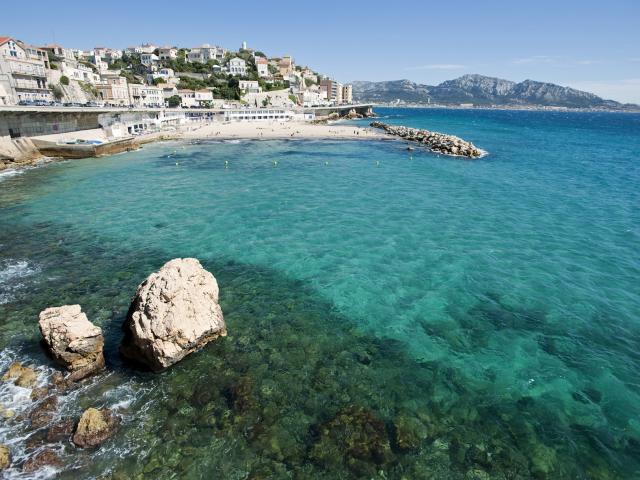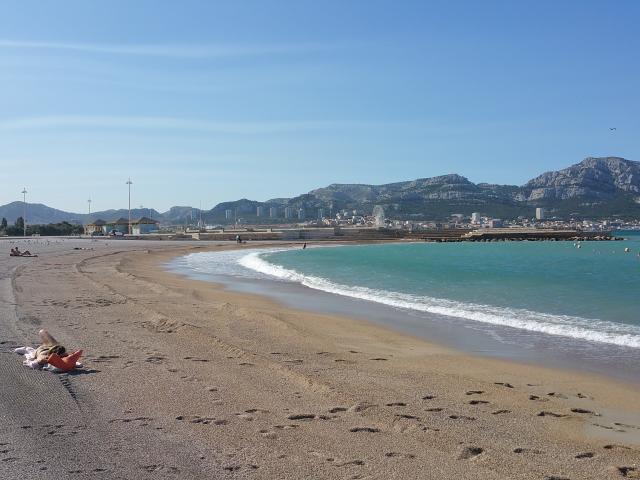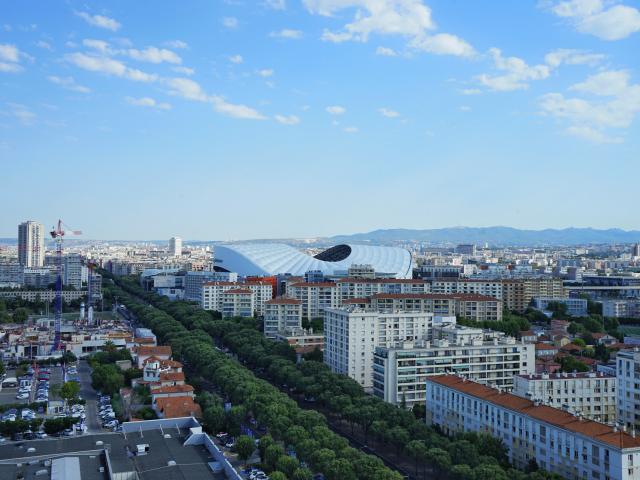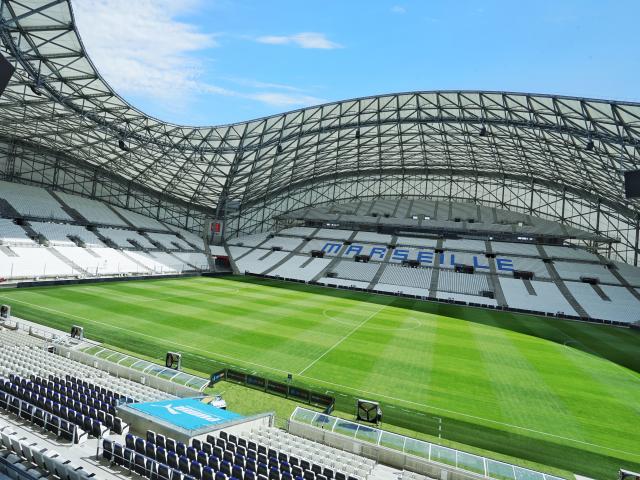The Mucem and the Cosquer Cave
The heart of the Mucem (National Museum of European and Mediterranean Civilizations), built on the former J4 port mole, is a modern architectural structure designed by the architect Rudy Ricciotti in association with Roland Carta. The 15,000 m2 building houses two exhibition areas: the Galerie de la Méditerranée, dedicated to the discovery of the major stages of Mediterranean civilisations, and a space reserved for temporary exhibitions. The Mucem also houses a 355-seat auditorium, a space for the projection of audiovisual documents (“la Médinathèque”, in collaboration with the INA), a space dedicated to children (“l’Odyssée des enfants”), a bookstore-boutique, as well as “Le Môle Passédat” and “La Cuisine”, the restaurants of the famous 3-star chef Gérald Passédat, with a panoramic terrace.
The Cosquer Cave, restored in the Villa Méditerranée building in Marseille, finally reveals its secrets buried for 30,000 years under 37 metres of water. The Cosquer Méditerranée adventure unfolds on three levels with the prehistoric cave under the sea to be discovered on 1750m2 … Get on board autonomous modules and let yourself be guided for 35 minutes of exploration. Also visit the Mediterranean Gallery to discover life-size reproductions of the animal species that made up the wild fauna of the creeks during the ice age, the reconstruction of a pregnant Sapiens woman as well as digital and audiovisual projections on history, the rise of the waters and the climate.

